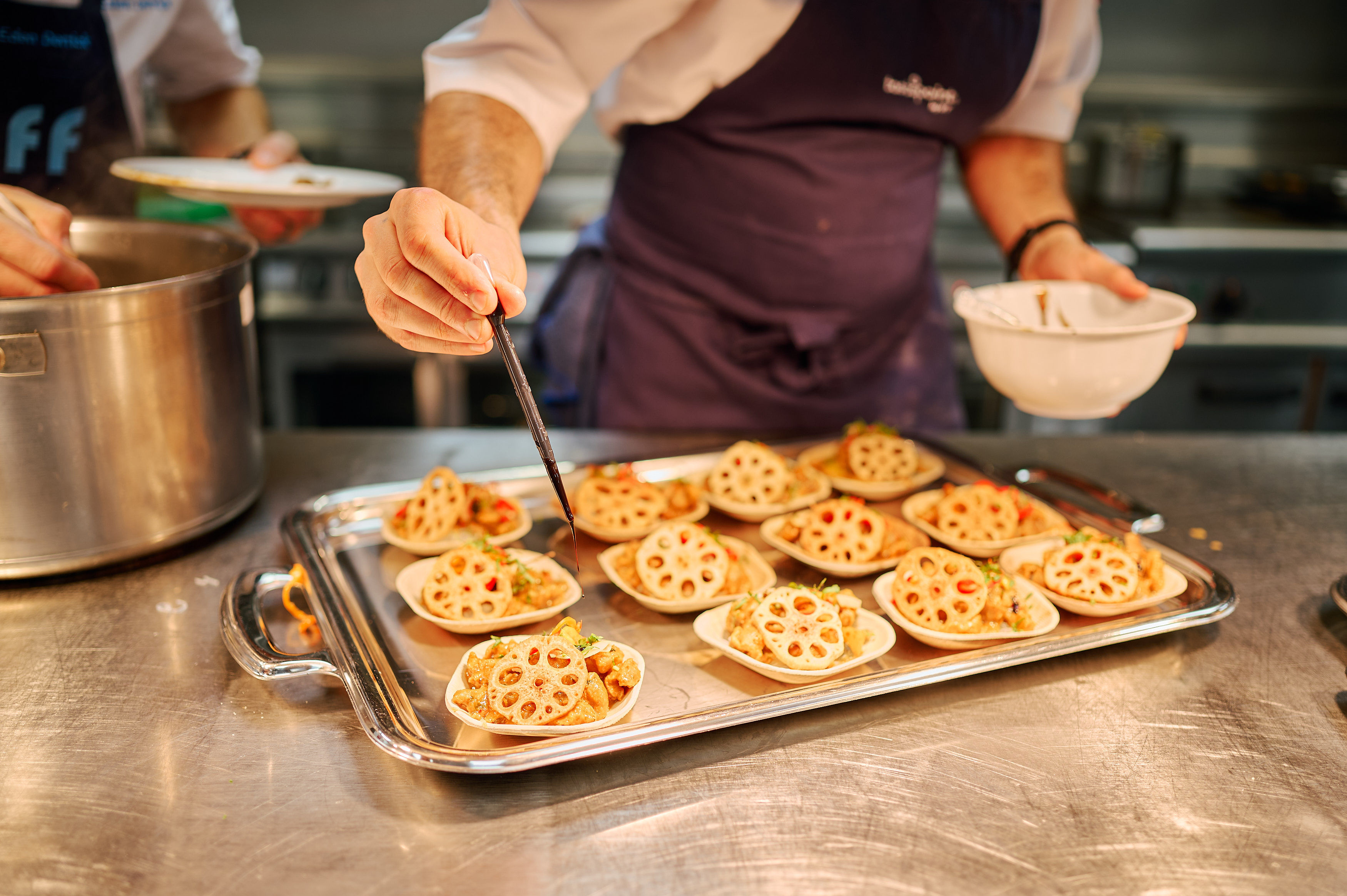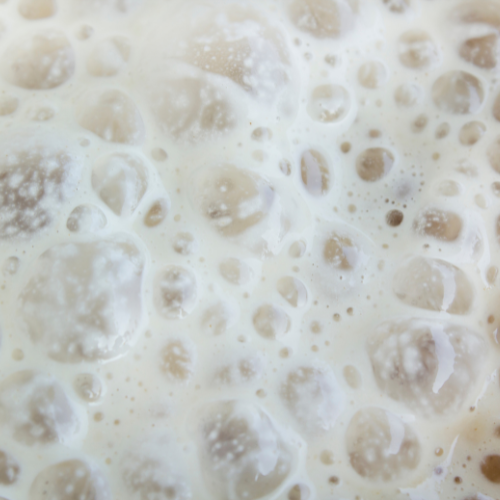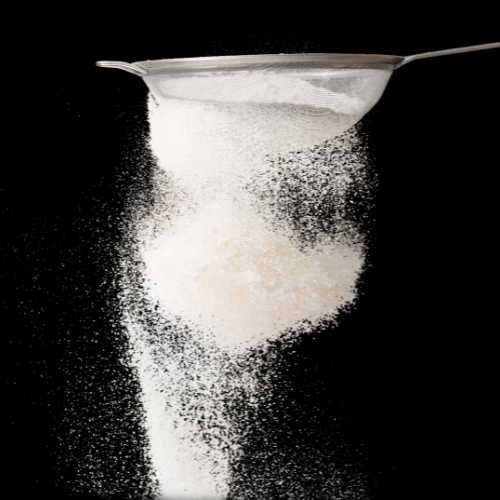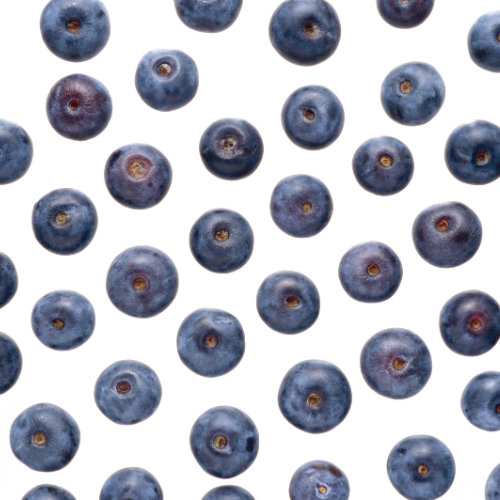Documenting the foods on the brink of extinction, with Dan Saladino

From white rhinos to Sumatran tigers, you’ve probably seen an advert raising awareness about an endangered animal. But have you ever spared a thought for the foods and drinks at risk of dying out?
Granted, animals can be food sources themselves and human predation is often behind extinction events. Most notably, our hunter gatherer ancestors ate the Woolly Mammoth to extinction around 2000 BCE.
The giant Galapagos tortoise faced a similar fate, boasting the unfortunate combination of being delicious and practically immobile. Every time a naturalist tried to bring a species home, it ended up being eaten on the voyage!
But the story doesn’t end there; we’ve also lost a variety of edible biodiversity beyond animal species, including unique plants, herbs, spices, vegetables and fruits. Whilst many of them were single varieties of familiar food species – pears, leeks, and beans for instance – we are poorer for their loss all the same.
As we’ll explore in this piece, preserving food diversity is key to the future of our global food system. Not only does food diversity enrich us culturally, it also offers an insurance policy against potential threats to food production. Joining us for a discussion spanning both the past, present, and future is Dan Saladino, voted one of The Evening Standard’s Most Influential People in Food.
3 ghost foods that are now extinct
Beyond the Dodo or the Woolley Mammoth, examples of extinct foods don’t readily come to mind. But rest assured that we’ve suffered numerous food casualties throughout human history. Here are just 3 examples of ghost foods that underwent culinary extinction:
1. The Silphium Plant
Silphium was a leek-flavoured herb beloved by the ancient Romans. It supposedly had medicinal, aphrodisiac, and contraceptive uses, being added to dishes as diverse as melon and lamb. The plant was exceedingly rare, only growing in a 125-by-35-mile strip of land in modern Libya.
Its popularity ensured Silphium was quickly eaten to extinction – only living on in the symbols of noble houses and on Roman currency. The famous historian Pliny the Elder wrote that a single Silphium plant was discovered during his lifetime, being gifted to the now infamous Roman emperor Nero.
To hear more about the fabled Silphium plant, check out the Gastropods brilliant podcast on culinary extinction throughout human history!
2. The Old Cornish Cauliflower
We’re all familiar with the humble cauliflower, but one particularly special type is lost to us forever – and to our detriment. The Old Cornish was a variety of cauliflower with natural resistance to ringspot, a virulent plant virus.
European growers replaced Old Cornish with a French type that travelled better, triggering the extinction of Old Cornish ten years later. It was a decision the agricultural industry would come to regret.
Ringspot went on to devastate cauliflower crops around Britain, something that could have been avoided had we preserved the Old Cornish variety. It’s a cautionary tale about an over-reliance on one crop and a powerful argument for preserving food diversity.
3. The Taliaferro Apple
“[It produces] unquestionably the finest cider we have ever known, and more like wine than any liquor I have ever tasted which was not wine.”
Those are the words of America’s founding father, Thomas Jefferson. He is describing the cider produced by a unique apple he individually cultivated on his Monticello estate.
The specimen was likely lost along with the estate’s original orchard, although horticultural treasure hunters hold out hope for its survival. You can learn more about the mysterious Taliaferro apple over at the Tasting Table.
The Ark of Taste: safeguarding the world’s endangered foods
As we speak, numerous foods around the world are at risk of extinction. The causes are numerous, but increasing industrialisation, changing consumption patterns, climate change and conflict are all contributing factors.
Many of us aren’t even aware of this global food apocalypse, meaning numerous foods- along with their unique genes, stories and tastes – risk fading into obscurity.
The first step to tackling widespread biodiversity loss is to increase awareness about the foods under threat. To this end, the Slow Food Foundation created the Ark of Taste.
The Ark of Taste is a catalogue of the world’s most endangered food items, including rare animal species, obscure fruits, strange vegetables, and culturally significant dishes native to vanishing communities. In their own words:
“The Ark of Taste travels the world collecting small-scale quality productions that belong to the cultures, history and traditions of the entire planet: an extraordinary heritage of fruits, vegetables, animal breeds, cheeses, breads, sweets and cured meats… The Ark was created to point out the existence of these products and draw attention to the risk that they might disappear within a few generations.”
By indexing culinary rarities from around the globe, the Ark seeks to preserve and promote edible diversity. Numbering over 6000 food items and spanning 151 countries, the online index represents a treasure trove of tastes, textures, production methods and genetic diversity for posterity.
The Ark of Taste welcomes new nominations from anyone, anywhere, so long as they can demonstrate the cultural and nutritional significance of a dying dish.
You can discover some of the endangered foods aboard the Ark over at The Food Channel podcast. Hosted by the inimitable Dan Saladino and produced by the BBC, you’ll hear about foods such as the Piattella Bean, a robust variety of legume perfectly suited for conditions in space.
In another episode, Dan Saladino travels to Kenya to learn about the native Pokot Ash Yogurt. The cultural delicacy contains ash from the Kromwo tree and is thought to be behind the regions legendary running success.
Why does food diversity matter?
At this point, you might be wondering why it matters whether we protect obscure types of food from extinction. Surely, we can live without foods so unknown that they’re at risk of dying out, right?
It’s a question that Dan Saladino powerfully answers in his book, Eating to Extinction: The World’s Rarest Foods And Why We Need To Save Them. As it turns out, food diversity is key for the health of humans and the food system that sustains us.
Food diversity is an insurance policy
It may seem like we have more choice than ever as consumers, and yet our food system is growing increasingly homogeneous when it comes to genetic diversity.
Whereas humans once ate a dizzying variety of edible biodiversity, 75 percent of the world’s food now comes from just 12 plants and five animal species. Even within species, diversity is dwindling at a rapid rate as we opt for single varieties of popular food staples.
Just one variety of cow, the Holstein Friesian, now makes up about 90% of cow livestock on average, with that number climbing to 99% in the dairy industry.
Likewise, 96% of bananas on the international market are of the Cavendish variety, one of over a hundred types of bananas. The Cavendish came to rule supreme because it has a thick skin and naturally ripens in transit, but it’s currently being ravaged by a plant virus called TR4.
This wave of standardisation is occurring across the food system, with producers choosing reliable, high yield products to help feed a growing population. Whilst it’s an effective short-term plan, it’s not a sustainable strategy going forward.
An over-reliance on a few types of food means our food system is vulnerable to breakdown, be that from conflict, diseases, or climate changes.
Already, the war in Ukraine has led to global shortages in the cereal and oilseed markets, whilst the rampant plant virus TR4 threatens to eliminate the ubiquitous Cavendish banana forever.
Food diversity offers a powerful insurance policy against potential threats, increasing food security. If any individual food source is threatened – such as the Cavendish banana – a diverse food system allows us to switch production elsewhere.
Food diversity is essential for our health
The more we learn about nutritional science, the less we seem to understand. But there is one thing that researchers can agree upon; nutritional diversity is key to health.
Experts recommend we eat 30 different types of plants a week, although the more we eat, the better. The rise of monocultures and vanishing biodiversity threatens to make this increasingly challenging.
Unlike modern humans who eat a few types of the same foods, our ancestors feasted on natures in-built diversity. The modern Tanzanian Hadza tribe, one of the world’s last hunter-gatherer communities, offers a glimpse into our ancestor’s diets and health patterns.
On average, Hadza members eat around 600 different species of plant annually – far outnumbering a typical Westerner’s dietary variety. Tellingly, they boast far higher microbiome diversity and fewer cases of lifestyle diseases than their industrialised counterparts. As Dan Saladino writes:
“The human diet has undergone more change in the last 150 years (roughly six generations) than in the entire previous one million years (around 40,000 generations). We are living and eating our way through one big unparalleled experiment.”
With lifestyle diseases on the rise and poor diet responsible for 11 million deaths annually, it seems clear that there is wisdom in the old ways.
In conversation with Dan Saladino, the food crusader fighting to preserve culinary diversity
Want to learn more about the Ark of Taste and the importance of food diversity? If so, check out our podcast episode with author, activist, and food journalist Dan Saladino – the voice behind the Ark of Taste. In this thought-provoking discussion, Dan shares what keeps him going as a food journalist and explains why food is the most powerful lens to explore human stories.
You can learn more about Dan’s book, Eating to Extinction, in our sit-down interview over at the Food Matters Live website. With his trademark eloquence and charm, Saladino explains why food diversity is key to the future of the global food system.



















